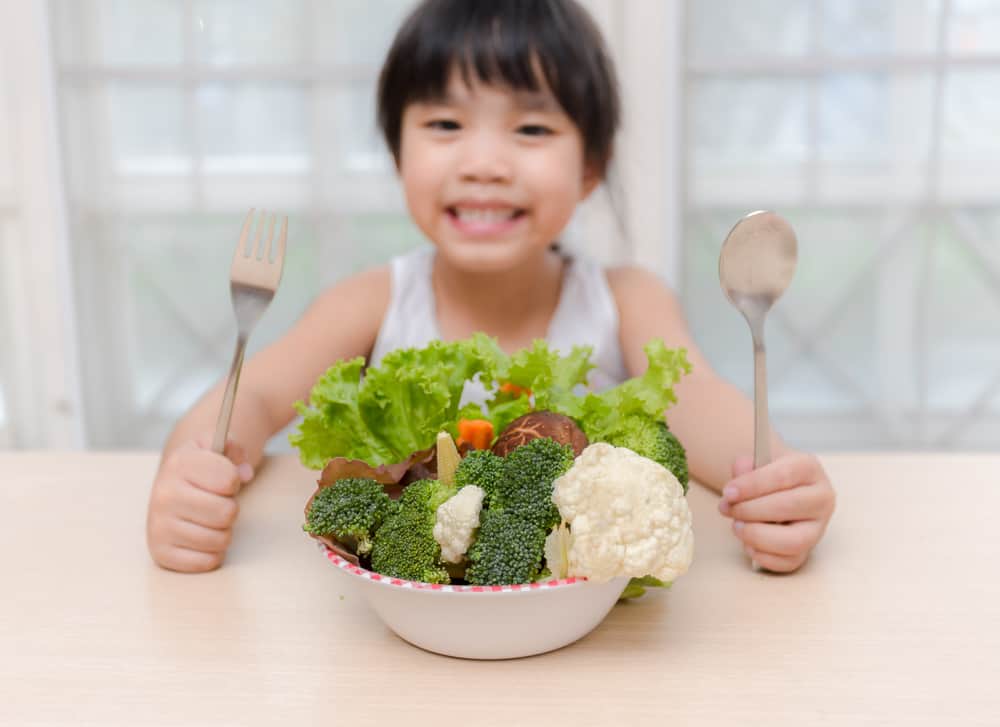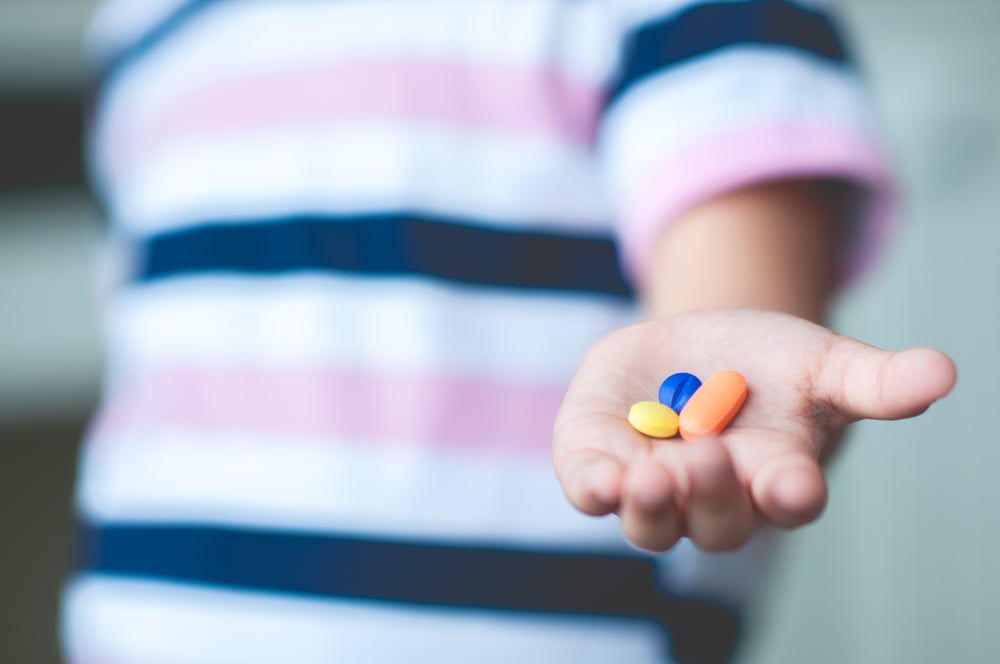Note carefully, this is a list of food sources of iron for children
Iron deficiency is still a problem in some children. This usually occurs in children who are difficult and picky eaters. Actually, what is the function of iron for children and how much needs to be met from daily food sources?
Why is iron important for children?

Iron is a mineral found in animals and some plants. Iron is also an important component of hemoglobin in the body.
Hemoglobin is a protein from red blood cells that carries oxygen from the lungs to be circulated throughout the body.
Iron will provide strength for hemoglobin to be able to carry or bind oxygen in the blood.
This is so that oxygen can reach the body cells that need it.
Without iron, the body is unable to make hemoglobin and cannot produce enough red blood cells.
This means that the cells in the body are not getting enough oxygen.
If you have this, the child can experience anemia or lack of blood. This condition will make the child lack oxygen-rich blood so that he is not energized when playing, does not focus when studying, and so on.
Launching from Bayside Medical Group, insufficient iron intake also makes it difficult for children’s brains to think and remember things properly.
Lack of iron can also inhibit the growth and development of children, including during the development of children 6-9 years.
Therefore, iron for children must be fulfilled in order to support their activities and growth and development.
How much iron do children need?

Everyone, both children and adults, need iron to help increase the amount of hemoglobin in order to prevent anemia (lack of blood).
However, of course iron needs vary for each age group and gender.
According to the Nutritional Adequacy Rate published by the Ministry of Health, the following are nutritional needs that must be met by children aged 4-9 years:
- Children 4-6 years of age need 10 milligrams (mg) of iron every day.
- Children 7-9 years of age need 10 mg of iron every day.
Meanwhile, when a child reaches adolescence, his daily iron needs change and differ according to gender.
The following is a breakdown of the iron needs of children aged 10-18 years:
Man
Iron needs for boys aged 10-18, namely:
- Ages 10-12 years need 8 mg of iron every day.
- Ages 13-15 need 11 mg of iron every day.
- Ages 16-18 years old need 11 mg of iron every day.
Women
Iron needs for girls aged 10-18, namely:
- Ages 10-12 years need 8 mg of iron every day.
- Ages 13-15 need 15 mg of iron every day.
- Ages 16-18 years old need 15 mg of iron every day.
Meeting children’s daily iron needs is an important step to help fulfill children’s nutritional needs.
What iron-rich foods are suitable for children?

There are many foods that can help increase your little one’s iron amount, both natural foods and processed foods.
Natural foods that contain iron to meet the daily needs of children include:
- Beef or chicken liver
- Lean red meat such as beef, mutton and lamb
- Seafood such as clams, tuna, salmon, and shrimp
- Legumes such as kidney beans, white beans, soybeans, or black beans
- Green vegetables such as spinach, broccoli, and kale
- Tofu
- Chicken meat
- Egg yolk
- Dried fruit such as raisins and dates
In addition to iron found in foods naturally, some food or beverage products are now enriched with iron, such as:
- Oatmeal
- Cereals
- Milk
- Pasta
- Bread
- Iron fortified wheat product
Children who are anemic also need a variety of blood-boosting foods to restore their condition.
Tips for meeting iron needs for children

In order for iron needs for children to be met properly, here are some tips that can be tried:
1. Meet the needs of vitamin C
In addition to eating food sources of iron, don’t forget to fulfill your child’s vitamin C needs. This is because vitamin C can help speed up the absorption of iron in the body.
This includes non-heme iron-rich food sources or vegetables that really need vitamin C to help iron absorption.
2. Pay attention to the intake of foods that inhibit iron absorption
There are several foods that actually can inhibit the absorption of iron in the body, including the child’s body.
Foods that inhibit iron absorption include tea, chocolate, milk, brown rice, and others.
If your little one likes to drink milk and has problems with iron such as anemia, you should limit milk intake.
Children’s milk contains calcium which in fact can inhibit iron absorption optimally.
Yes, although calcium for children is important, its intake still needs attention, especially for children who are deficient in iron.
3. Combine food sources high in iron in the child’s diet
Add foods high in iron to a healthy diet for children.
If you are cooking macaroni as a school lunch for children, try giving them a topping filled with cuts of meat and broccoli which are high in iron.
Choose cereals for children that are fortified with iron as a breakfast menu or healthy snacks for children.
4. Make a meal plan
Create a meal plan (meal plan) which includes foods rich in iron from animal, plant-based food sources, as well as vitamin C.
This method can make it easier for you to cook and at the same time help meet your child’s iron needs.
Is it necessary to give iron supplements to children?

In fact, providing iron-rich foods is sufficient to meet a child’s daily iron needs. However, it is a different story if your little one has anemia, which means iron deficiency.
The World Health Organization (WHO) recommends giving iron supplements for children who have iron deficiency or anemia.
If your baby does not have problems with iron, provide enough of this mineral intake from daily food sources only.
Hello Health Group does not provide medical advice, diagnosis or treatment.